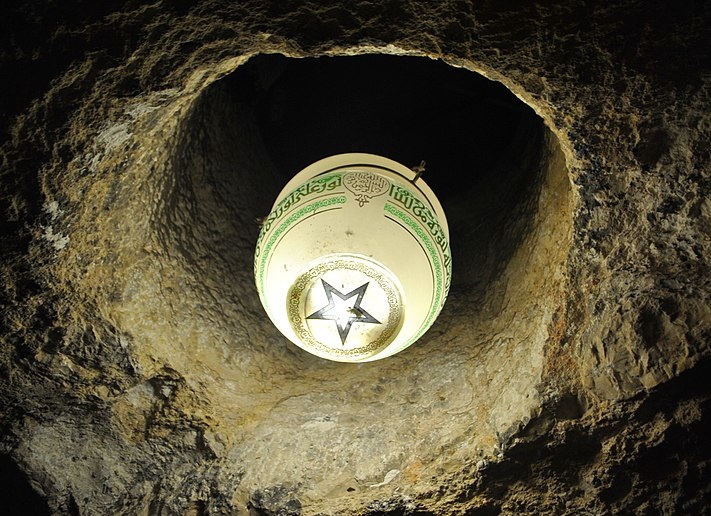Some ancient Mesopotamians circumcised their male cattle.
I suspect that this tradition was primarily Jewish discipline to excessive interpretations of Genesis 17:10 (“…every male shall be circumcised…”).
While this may have also aided in identification, male cattle circumcision was doubtless intended for similar purposes of human circumcision - behaviour modification.
The foreskin protects the glans (or “head”) from drying, exposure, and subsequent desensitization. Removal of the foreskin dries, exposes, and desensitizes the most sensitive part of the penis. Not only is there a loss of mass in the removal of the foreskin tissues, but also a loss of mass from the drying of otherwise “plump” genital tissues. A significant amount of sexual pleasure is lost due to male circumcision, and some amount of aggression (or assertiveness) is also thereby conditioned. This loss of willfulness may be less distracting from other interests, such as religious discipline.
Saul is useful in affording accurate context to the practical purpose of circumcision:
Romans 2:25 “For circumcision indeed profits if thou keep [the] law…”
The Story Of Ahikar is a delightful work containing ancient wit likely by the chancellor of Assyrian kings Sennacherib and Esarhaddon that is of great service to this study.
Chapter 2, Verse 5:
"O my son! get thee a fat ox with a foreskin, and an ass great with its hoofs,
and get not an ox with large horns,
nor make friends with a tricky man,
nor get a quarrelsome slave,
nor a thievish handmaid,
for everything which thou committest to them they will ruin."
This proverb is proof-positive testimony that there were, in fact, oxen being circumcised in and perhaps before the Eighth and Seventh Centuries B.C.E.
Within the structure of this proverb, Ahikar advises the purchase of a fat ox with a foreskin, and an ass with great hooves, as they are suitable in his estimation to be trusted with commitment.
He then lists four things that ought not be trusted:
-
an ox with large horns
-
a tricky friend
-
a quarrelsome slave
and
- a thievish handmaid.
The ox and ass are mentioned in conjunction within the quotation, and their symbolism is exclusively Judaic:
Deuteronomy 22:10, “Shall not plow an ox [and] donkey together.”
The symbolism behind this prohibition is to remember to maintain separation - and particularly marital separation - between Israel and others. Within it, the ox is symbolic of the Jews (a common symbolism used throughout Judaic scriptures), and the ass is the impudent-natured “other”.
Ahikar (an “other”) intends to convey Rhadamanthine barbs against Judaism, which may be the earliest instances of anti-semitism:
-
Judaism is wrong and inferior in conserving racist separatism.
-
an ox and a mule may be well-suited to each other dependent on their individual characteristics (a sluggish ox is no better at ploughing than a well-hooved mule).
-
Jews ought not be trusted unless they are “fat” (slothful, greedy, rich, etc.) and “uncircumsized” (undisciplined, separate from Israel, etc.).
-
willful Jews (oxen with large horns) ought to be avoided; they or others may also be tricky, quarrelsome, or thievish, and likewise ought to be avoided.

